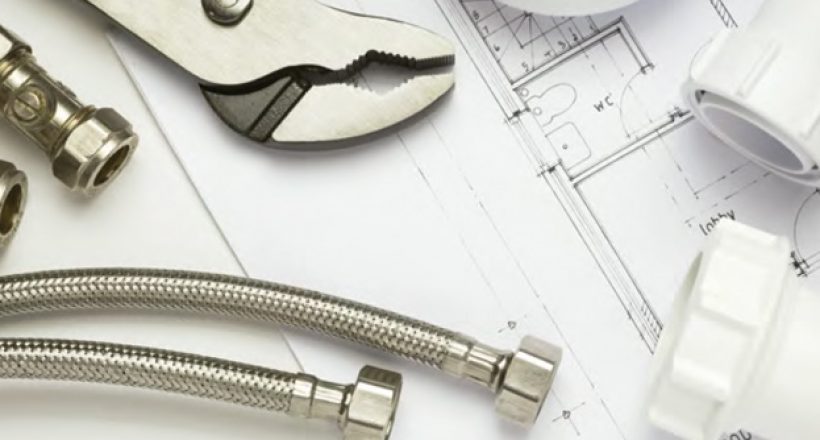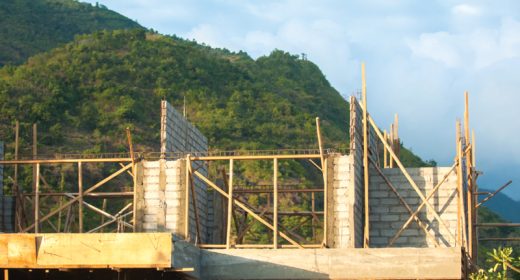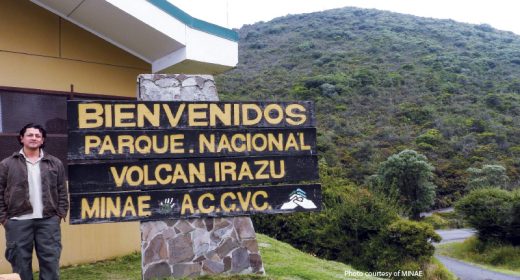
Building Costa Rica: Understanding Tico Plumbing
- JUN 05, 2017Warning: count(): Parameter must be an array or an object that implements Countable in /home/howlermag/public_html/old/wp-content/themes/new-paper/includes/general.php on line 193

Your Lead Paragrpah goes here
[vc_row full_width=”full_width”][vc_column][vc_column_text]Costa Rica Plumbing: While we are surrounded by inspiring and beautiful things in Costa Rica, the plumbing here leaves a lot to be desired. No one wants to deal with a trash bin filled with poo-poo paper next to their toilet, fixing leaky plumbing under their sink every other month, seeing scorpions coming out of their shower drain, or having to endure bad smells from their toilet! Most dreaded is the septic tank failure – meaning none of the plumbing in the house works until a pump truck can arrive to clean out the septic tank.
Fortunately for you, it doesn’t have to be this way. These plumbing issues are caused by what I like to term “Tico plumbing” and the typical lack of plumbing knowledge by builders in the area. Of course in million-dollar homes, these mistakes should not be made, but sometimes are!
If you are planning to build a home in Costa Rica, pay attention to these two things to ensure problem-free plumbing:[/vc_column_text][/vc_column][/vc_row][vc_row full_width=”full_width”][vc_column width=”1/2″][vc_gallery type=”image_grid” images=”2791″ img_size=”full”][/vc_column][vc_column width=”1/2″][vc_column_text]
- Venting – The pipes or vents that you usually see coming out of roofs in North America serve an important function for drainage and waste, but it’s often overlooked in Costa Rica. Vents help release gases that build up in the septic system. Vents also create a vacuum effect when the toilet is flushed, providing additional suction and thus less clogging in the sanitary drain line.
- Septic Systems – Do not undersize your septic system! This is a common mistake of Costa Rica homebuilders. Unlike in the US and in Canada where sewage treatment plants serve entire communities, each individual Costa Rican home has its own mini waste treatment plant, the septic system. The two-tank system separates solids from the cleaner water, which is then passed to the drainage field. To be effective, this drainage field needs to be long enough and have enough drainage basin (rocks) far enough away from large trees to avoid root penetration.
I have seen too many failures in septic systems due to incorrect sizing. An ideal system for two to three toilets consists of two tanks, each two to three cubic meters in size, and a drainage field no less than 40 feet long.
Most of the plumbing here is done with PVC and CPVC (hot water) which are a type of plastic. Because most plumbing is embedded in concrete, make sure all the fittings are properly cleaned, sanded, glued and connected.
[/vc_column_text][/vc_column][/vc_row][vc_row full_width=”full_width”][vc_column][vc_column_text]
It’s important to know the difference between grey water and black water. Black water is toilet water that absolutely must go into the septic tank system. Grey water refers to all other waste water: sinks, showers, washing machines, etc. This water can be separated and reused to provide direct irrigation water to certain kinds of plants. This will help reduce the load on your septic system and at the same time recycle the water. However, grey water cannot be stored in tanks for later watering with a hose as bacteria can quickly grow when stored. It has to be sent directly to a drain field where certain plants can utilize the water, such as papayas, bananas, bamboo, etc. Here in Costa Rica, you will find that most “Tico homes” simply dispose of their grey water onto the road in front of their house!
Another thing to consider in plumbing your new home is your hot water supply. Avoid the “suicide hot shower.” This type of plumbing has its name for a reason. In these cases, hot water has been installed after the fact, resulting in a completely illegal, building code breaking 220V electrical line running inches away from your head while you shower.
Hot water heater options are aplenty here. For energy efficiency, I would recommend an on-demand heater which only heats up the water when it’s used. For heating these tanks, propane tends to be cheaper than electric to run and will keep your energy costs down. Perhaps best is to install a simple solar hot water heater on your property. While initially costly, it’s a free way to access hot water. Another option is build a water treatment plant which will take both your grey and black water and turn it into storable irrigation water. The initial cost is high, and the system does need maintenance and an electrical supply, but you will save quite a bit of water.
Is there any true price to saving water?
[/vc_column_text][/vc_column][/vc_row]









